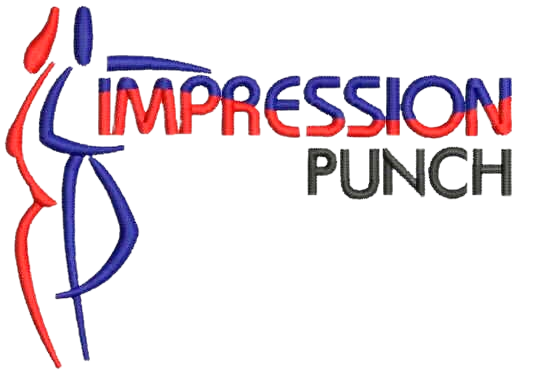If you’re involved in embroidery, you might have encountered the need to convert a JPEG image into a DST file. The DST file format is a specific format used by embroidery machines to read and stitch designs. JPEG, on the other hand, is a common image format used for photographs and graphics. Converting JPEG to DST involves a few key steps, and while the process might seem complex at first, this guide will walk you through it.
Why Convert JPEG to DST?
Embroidery machines require specific file formats to stitch designs correctly. JPEG files, being raster images, do not contain the vector data needed for embroidery machines. The DST format, developed by Tajima, is a common embroidery file format that includes vector paths and stitch information, making it suitable for machine stitching. Converting JPEG to DST allows you to use your digital designs on embroidery machines.
Step 1: Prepare Your JPEG Image
Before converting, ensure your JPEG image is suitable for embroidery. Here are a few tips:
- Choose a High-Resolution Image: The higher the resolution, the better the quality of your embroidery. Low-resolution images might result in blurry or pixelated designs.
- Simplify the Design: Embroidery machines have limitations on detail. Simplify complex designs to ensure they are feasible for stitching.
- Convert to a Suitable Color Mode: Ideally, convert your JPEG to a high-contrast, high-resolution format. Use software like Photoshop or GIMP to adjust brightness, contrast, and saturation if needed.
Step 2: Use Embroidery Software
To convert JPEG to DST, you’ll need embroidery software that supports this conversion. Here are some popular options:
- Wilcom Embroidery Studio: A professional-grade software that offers robust features for converting and editing embroidery designs.
- Ink/Stitch: An open-source plugin for Inkscape that can be used to create embroidery files.
- SewArt: A user-friendly option for converting images to embroidery formats.
Here’s a general process for using embroidery software:
- Open the Software: Launch your chosen embroidery software.
- Import the JPEG Image: Use the “Import” function to bring your JPEG image into the software.
- Digitize the Image: This is the process of converting the image into embroidery stitches. Most software will have an auto-digitizing function, but manual adjustments might be needed for better results.
- Edit the Design: Use the tools provided to adjust stitch types, densities, and colors. Ensure the design fits the hoop size of your embroidery machine.
- Preview the Design: Check the design in a preview mode to see how it will look when stitched.
- Save or Export as DST: Once you’re satisfied with the design, save or export the file in DST format.
Step 3: Test the Design
Before running the final embroidery on your actual fabric, it’s a good idea to test the design on a piece of scrap fabric. This will help you identify any issues with the design or settings, allowing you to make necessary adjustments.
- Load the DST File: Transfer the DST file to your embroidery machine using a USB drive or other method recommended by your machine’s manufacturer.
- Run a Test Stitch: Observe the stitching process and make adjustments as needed.
Tips for Better Results
- Choose Simple Designs: For best results, start with simple designs that are less likely to create stitching issues.
- Adjust Stitch Density: Proper stitch density is crucial for ensuring your design looks good and holds up well on fabric.
- Consider Fabric Type: Different fabrics might require different settings or adjustments to the design.
Here are some output of converting Jpeg to Dst files
Conclusion Converting JPEG to DST is a multi-step process that requires a good understanding of both image preparation and embroidery software. By following these steps, you can successfully transform your digital designs into stitchable files for your embroidery machine. With practice and patience, you’ll be able to create beautiful embroidered designs from your JPEG images
We can watch this brief video on conversion of image to machine embroidery file.



Leave a Reply